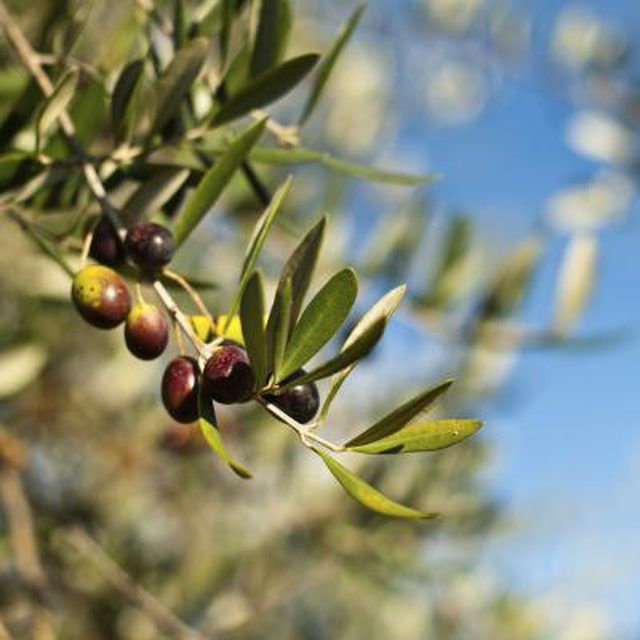Bulbs
Flower Basics
Flower Beds & Specialty Gardens
Flower Garden
Garden Furniture
Garden Gnomes
Garden Seeds
Garden Sheds
Garden Statues
Garden Tools & Supplies
Gardening Basics
Green & Organic
Groundcovers & Vines
Growing Annuals
Growing Basil
Growing Beans
Growing Berries
Growing Blueberries
Growing Cactus
Growing Corn
Growing Cotton
Growing Edibles
Growing Flowers
Growing Garlic
Growing Grapes
Growing Grass
Growing Herbs
Growing Jasmine
Growing Mint
Growing Mushrooms
Orchids
Growing Peanuts
Growing Perennials
Growing Plants
Growing Rosemary
Growing Roses
Growing Strawberries
Growing Sunflowers
Growing Thyme
Growing Tomatoes
Growing Tulips
Growing Vegetables
Herb Basics
Herb Garden
Indoor Growing
Landscaping Basics
Landscaping Patios
Landscaping Plants
Landscaping Shrubs
Landscaping Trees
Landscaping Walks & Pathways
Lawn Basics
Lawn Maintenance
Lawn Mowers
Lawn Ornaments
Lawn Planting
Lawn Tools
Outdoor Growing
Overall Landscape Planning
Pests, Weeds & Problems
Plant Basics
Rock Garden
Rose Garden
Shrubs
Soil
Specialty Gardens
Trees
Vegetable Garden
Yard Maintenance
How to Transplant Olive Trees
How to Transplant Olive Trees. Although an olive tree (Olea europaea) of any age and size can be successfully transplanted, the larger the tree, the more difficult and expensive it will be. A large olive tree requires a crew, a backhoe or hydraulic tree spade to cut the roots, a crane to lift it from the ground and a truck to transport it to the...

Although an olive tree (Olea europaea) of any age and size can be successfully transplanted, the larger the tree, the more difficult and expensive it will be. A large olive tree requires a crew, a backhoe or hydraulic tree spade to cut the roots, a crane to lift it from the ground and a truck to transport it to the new site. However, young trees -- those with trunks up to 1.5 inches in diameter -- are a snap to transplant.
The Site
Olive trees are hardy in U.S. Department of Agriculture plant hardiness zones 8 through 10. Choose the sunniest, warmest spot in the landscape in which to transplant the olive tree. A southern exposure is ideal. The tree also requires well-drained soil and will suffer with too much moisture at its roots. Check the soilís drainage capacity by digging an 18-inch deep hole and filling it with water. The next day, check the hole and if the water remains, choose another site.
Prep Work
Prepare the site by removing weeds or any other plants that will compete with the tree for soil resources. Dig a hole 1 to 2 inches shallower than the pot in which the tree is growing and twice the diameter. After planting, the olive tree should sit just above the grade. Use a gardening fork to scrape the inside walls of the hole to loosen the soil, making it easier for the roots to penetrate. Do not add gravel or any other type of material that is meant to aid drainage as these actually impede drainage. Donít add soil amendments -- back-fill the hole with native soil.
From the Pot to the Ground
Two to three days before transplanting, water the olive tree until the soil is soaked. This helps fill the roots with moisture and makes the tree easier to take out of the container. Remove the tree from the pot, either by cutting the pot away from the roots or by holding one hand over the top of the pot, turning it over and gently shaking it to release it. Handle the tree by its root ball, not by the main stem. Set the root ball in the hole and fill the hole halfway with soil. Run water into the hole until it is full, and after it drains, finish filling the hole with soil. The water helps remove air pockets that may dry out the treeís roots.
After Care
Immediately after transplanting the olive tree, build a water well around it. Create a 5-inch-high, 8-inch -ide ring of soil, 12 inches away from the tree and surrounding it. Spread a 3-inch layer of mulch inside the ring, keeping it 2 inches from the treeís main stem. Water the olive tree by filling the ring with water. Newly planted olive trees require a moist root ball for at least the first 90 days. Check the moisture content of the roots once a week using a soil moisture meter or probe, angling the probe inward toward the root ball when inserted into the soil. Withhold water if the root ball is wet and water to the planting depth if it is dry. After the tree becomes established, demolish the water well.